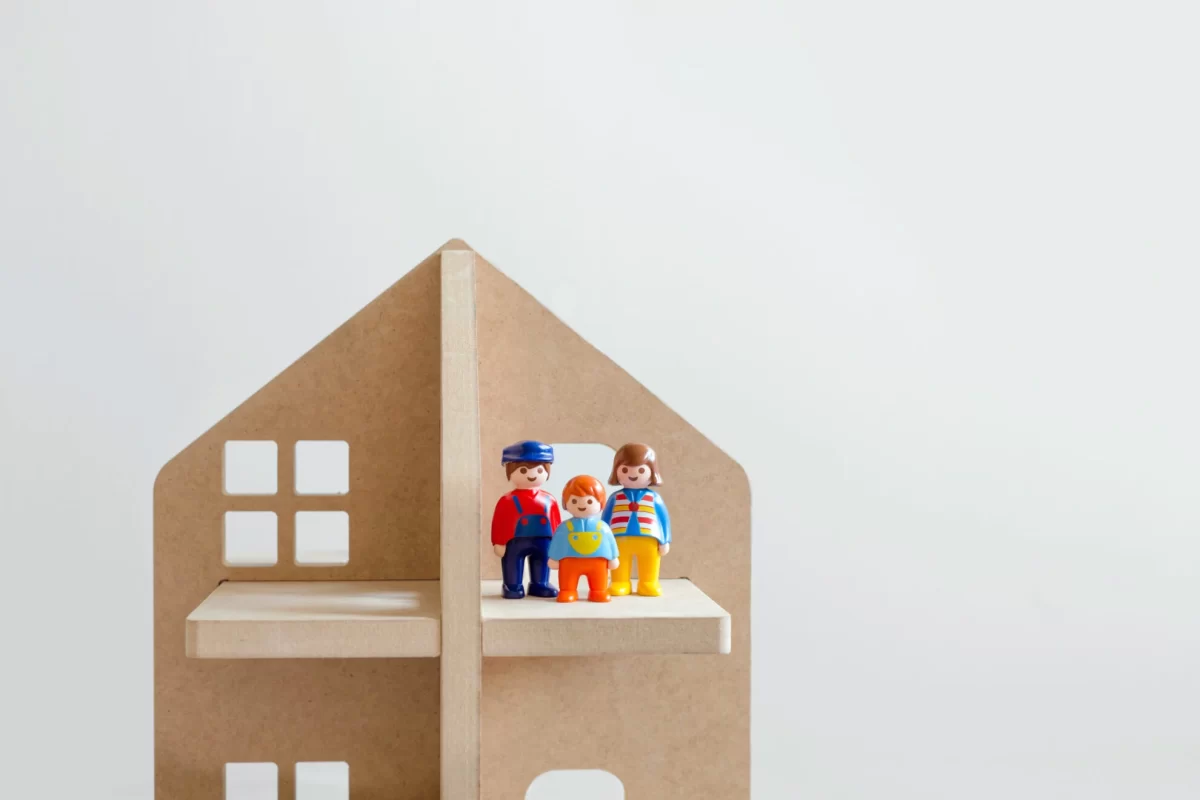Thanks to increasing demand and a recovering economy, the real estate market is on an upward trend for 2022. There is a rise in activity in all the asset classes, with the leaders being industrial and multifamily.
In 2022, this upward trend will continue as investors and tenants alike demand more real estate variety. The mortgage interest rates forecast for 2022 is 3.6%, which could impact the market. That said, this is what to expect from commercial real estate investing in 2022.
1. Brick-And-Mortar Retail Stores
The pandemic brought about a surge in online shopping, while sales in traditional brick-and-mortar stores declined due to social-distancing requirements. However, there has been a rise in the share of eCommerce retail sales from 16% to 19% in 2020 compared to pre-pandemic 2019.

Even though online shopping offers advantages like convenience and saving on time, many consumers still prefer shopping in person. Brick-and-motor shops allow consumers to shop for items that require accurate sizing and a proper fit.
More online business owners will likely push the demand for brick-and-mortar properties. For instance, Amazon recently announced its first-ever physical store for men’s and women’s fashion, Amazon Style. The store is set to offer an elevated shopping experience and will open later in the year.
2. Return-To-Office
Even though offices remain the hub for business activities, employees now have flexible work-from-home options. Employees can skip the daily work commute for a few days a week. During the height of the pandemic, millions of employees worked from home.
However, as things slowly return to normal, statistics show that an increasing number of employees prefer the more flexible work-from-home model.
Real estate investors must keep an eye out for days when all the employees are in the office for teamwork, which creates a need for bigger office space. That maybe calls for a rethink of the workspace design, as buildings have to conform to the new reality of preventing communicable diseases.
3. Senior Living
With increased life expectancy, there is a growing demand for senior living homes and skilled nurses. The demand is not just about buildings as investments, but the increasing need for places where the elderly can feel safe, protected, and cared for.
It’s expected life expectancy will rise to 85.6 by 2060. Baby boomers are growing old and will need skilled nursing and more senior living homes.
Covid-19 caused a decline in the move-ins, leading to a drop in occupancy rates. Even though there is a growing demand for senior homes now, percentages are still lower than what they were pre-pandemic.
4. Housing Markets
Post-pandemic, consumers are looking for affordable rents and home prices, which in turn will limit home price appreciation and rent growth. Millennials aged 26 to 35 are in the prime first-time homebuyer age and need affordable housing despite the slight increase in mortgage rates to 2.9%. Rising rents, as high as 7.1%, will further drive millennials to purchase homes.
The markets for home purchases and apartment rentals are usually polar opposites of each other. When the rental market is strong, the housing market is soft, and vice versa. The pandemic created a desire for more space, as more people adopted a work-from-home model. This directly affects the rental and housing market, driving them to record highs.
5. The Federal Reserve And Interest Rates
Inflation is expected to continue above the trend and will likely decrease as the year progresses. The majority of the Federal Reserve members predict three interest rate hikes in 2022. They also expect that the increased interest rates will help fight inflation.
Long-term real estate interests will remain low, providing attractive financing conditions for investors. The consumer price index rose to an all-time high in 30 years. However, this does not account for the unpredictable swings during the pandemic’s short period.
The bottlenecks in the supply chain are still present and will continue to be for some time. The shortages in key commodities and goods are likely to continue and fuel high prices in the middle of the year. However, things are likely to cool down towards the end of the year.

6. Self-Storage
Self-storage outperformed expectations during the pandemic with an average profit margin of 41%, higher than other real estate niches. The increased strength in the apartment and housing markets positively affects self-storage.
Due to the pandemic, more and more people needed to move stuff out to create space for study and work-at-home situations. Further, millennials are starting families, meaning an increasing number of people will look into self-storage. The same goes for college graduates living in cities where living space is at a premium. Thus, before getting into real estate one might want to get complete understanding of several tax benefits like 1031 exchange process to further save money on the profits and investments.
7. Conventions And Business Travels
During the height of the pandemic, business-related travel halted, with most meetings and conventions moving online. Hotels, entertainment, and restaurants catering to business meetings can expect a recovery in 2022.
Selling a new product or closing a major deal is always best done in a face-to-face meeting, thus increasing the need for hotels, meeting spaces, and entertainment spots.
8. A Rise In Mixed-Use Developments
An overarching trend is the migration of urban user to decongested areas, leaving vast office spaces unused. To utilize the available urban spaces and provide better value, commercial real estate investors will likely turn to mixed-use developments.
That way, commercial developers can stem the tide towards residential properties by having all amenities, such as retail, commercial, and residential properties all under one roof. Mixed-use developments sound the best way to attract a new market.
9. Digital Real Estate
Digital communications surged during the pandemic since people relied on them for work, e-commerce, and entertainment. Even as the economy opens, people continue to rely on digital communications because of the conveniences they offer.
This leads to a demand for cell towers, data centers, and logistics facilities, which counts as growth in commercial real estate.
10. Smaller Is Better
What the market has reaffirmed is that nothing stays static forever, so there is some wisdom in moving with the times. Currently, companies are hesitant to commit to long-term leases, hence the shift towards shorter-term leases.
Further, as employees seem to prefer the hybrid working model, it makes sense to opt for small working areas, or even smaller ones situated closer to workers’ residential areas. So investors are likely to target smaller suburban offices.
Final Word
While interest rates are set to rise during the year, it doesn’t create much of a worry for commercial real estate players as they expect a commensurate rise in the economy. Also, a few top commercial real estate management companies smoothen the process for investors to get through the hustles involved. That said, some of the trends you should expect from the commercial real estate market include a rise in hospitality spaces, workspaces, and brick-and-mortar retail spaces.
www.redpillkapital.com
If you simply need more information. have questions, or want to discuss a specific deal, I’m always excited to help. Reach out to me at info@redpillkapital.com
If you are ready to start your journey to financial freedom but want specific additional educational materials, we have a course designed for physicians.





